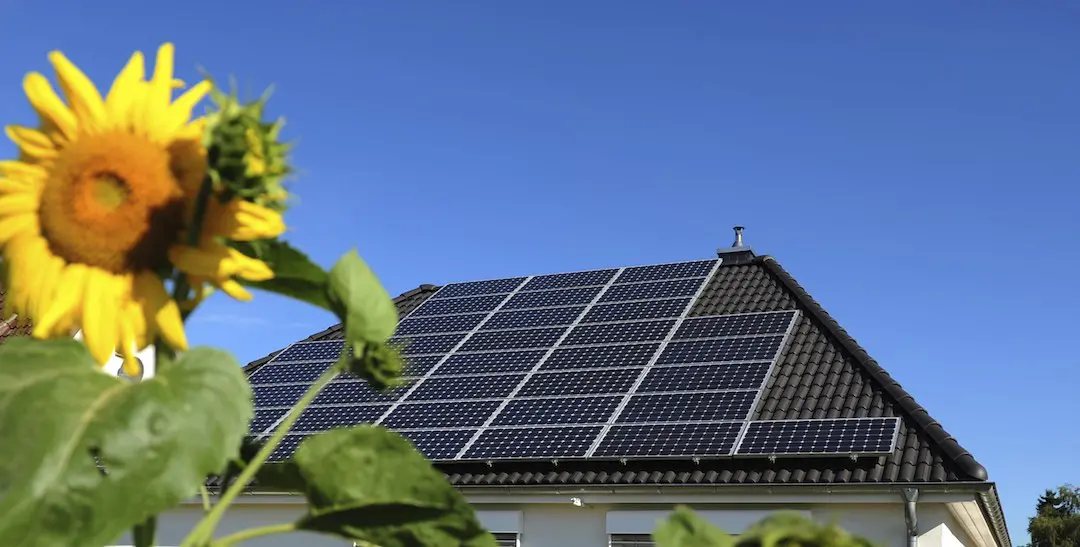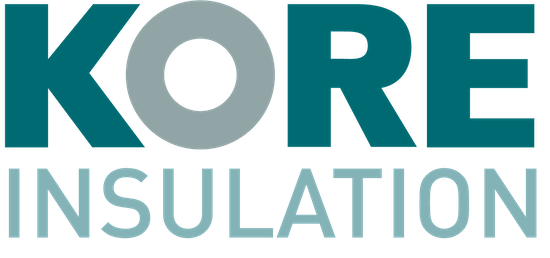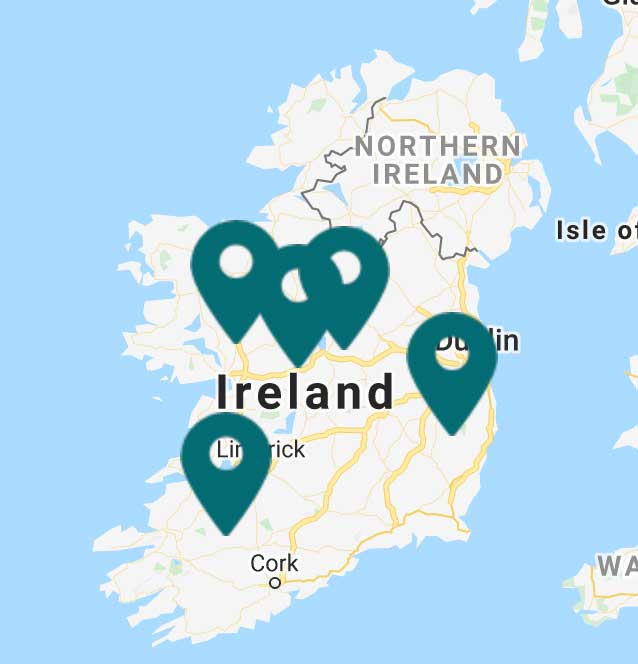
If you’ve been involved in the construction industry chances are you’ve heard about the Passive House Standard. According to the Passive House Institute there are more than 50,000 certified Passive Houses worldwide with nearly half located within Europe’s borders. The standard has become a success, with national and international associations promoting Passive House for both the new build and retrofit markets, such as the Passive House Association here in Ireland.
If you’re new to the Passive House Standard you may want to start by reading our post on the basics of a Passive House.To sum up the standard, a Passive House is a super energy efficient house that focuses on a building’s envelope (insulation, windows, doors and eliminating thermal bridging), airtightness, ventilation with heat recovery, energy efficient appliances and making use of renewable resources such as solar gain (optimal placement of windows for space heating and lighting requirements).
While there is much more to Passive House than mentioned here, the key to remember is that a Passive House requires much less energy for heating and cooling than that of a house built to current building regulations (at least here in Ireland). The standard has been designed for low energy consumption and low running costs over the lifetime of the building.
Why is the Passive House Standard important?
This is an easy question to answer. Energy efficiency is becoming increasingly more important:
1. To reduce our energy consumption at home and at work
2. To reduce our dependence on foreign oil
3. To reduce harmful greenhouse gas emissions into the environment
4. To decrease the amount spent on heating and cooling per annum
5. To help Ireland and the EU in reaching its energy saving targets
The Passive House Standard is a building standard that is proven to work if designed and implemented correctly. Using software called a Passive House Planning Package (PHPP), consultants are able to test architectural designs against the standard. This software takes into account a number of variables, including the local environment, exposure to sunlight and the number of occupants, just to name a few. The software can even be used to help retrofit an existing building to Passive House Standards – so it’s not just for new builds.
Many cities around the world have decided to adopt the Passive House Standard in all new buildings moving forward. This list includes over 20 individual cities in Germany alone, cities in Austria, Belgium, Norway, Spain, Luxembourg and the United States.
The area of Dun Laoghaire-Rathdown in County Dublin has also decided to adopt the Passive Standard. The new draft county development plan requires all new commercial and domestic buildings in the area to be built to the Passive House Standard, well surpassing current building regulations in Ireland.
Bringing renewable energy into the Passive House mix
While renewable energy has always been incorporated into a Passive House when required (heat pumps, solar water heating), there has never been a requirement to generate a set amount of renewable primary energy. This will change with the introduction of of two additional categories for building certification: the Passive House Plus and Passive House Premium. So, what does this all mean?
The new Passive House Plus certification
Just like the current Passive House Certification, a building’s heating demand must not surpass 15 kWh/(m²a). Instead of using primary energy demand as it is now, all categories of Passive House, including the Classic, will calculate a building’s demand using renewable primary energy (PER). For Passive House Classic, the original Passive House, the PER demand can be no greater than 60 kWh/(m²a). The Passive House Plus will reduce this even further to 45 kWh/(m²a) PER. In addition, to be certified as a Passive House Plus the structure must generate at least 60 kWh/(m²a) utilising renewable energy. This means that a certified Passive House Plus will generate about as much energy as it consumes over the course of a year, meeting the definition of a net-zero energy home.
The Passive House Premium goes even further
In addition to the Classic and Plus, a third category has been introduced called the Passive House Premium. This category goes a step further by requiring the building to generate more energy than it consumes, again using renewable primary energy. As it stands now, a Passive House Premium may not consume more than 30 kWh/(m²a) PER, and it must generate at least 120 kWh/(m²a) PER to be certified.
Passive Homes typically save up to 90% on running costs per annum. This includes the energy required by space heating, water heating and electricity for appliances, electronics and lighting. It is by no means unreasonable to say that the heating costs alone should drop below €200 per annum for a home built to Passive House Standards.
With the incorporation of various renewable energy sources such as solar (photovoltaic and solar thermal) and wind power, the Passive House will still rely heavily on increased levels of insulation. This includes passive foundation systems, increased levels of external insulation or cavity wall insulation, roof insulation, attic insulation and ensuring that thermal bridges are avoided. The thermal transmittance in windows should not surpass 0.8W/m²K, often requiring triple-glazed windows, while still allowing enough sunlight to assist with the heating and lighting requirements of the building.
Thought should also be given to energy storage as production and demand of renewable energy will change based on the time of year and local environment. For example, demand for energy may be higher during the winter heating season, while the production of renewable energy itself may not be at its peak until the summer, requiring storage to provide supply during periods of low renewable energy generation.
The new categories of Passive House prove that the standard is in it for the long run. Energy efficiency and renewable energy generation will only get better as technology improves and overall costs decrease.
What are your thoughts on the new Plus and Premium categories? Have you built a house to one of the new standards? Be sure to comment below!

